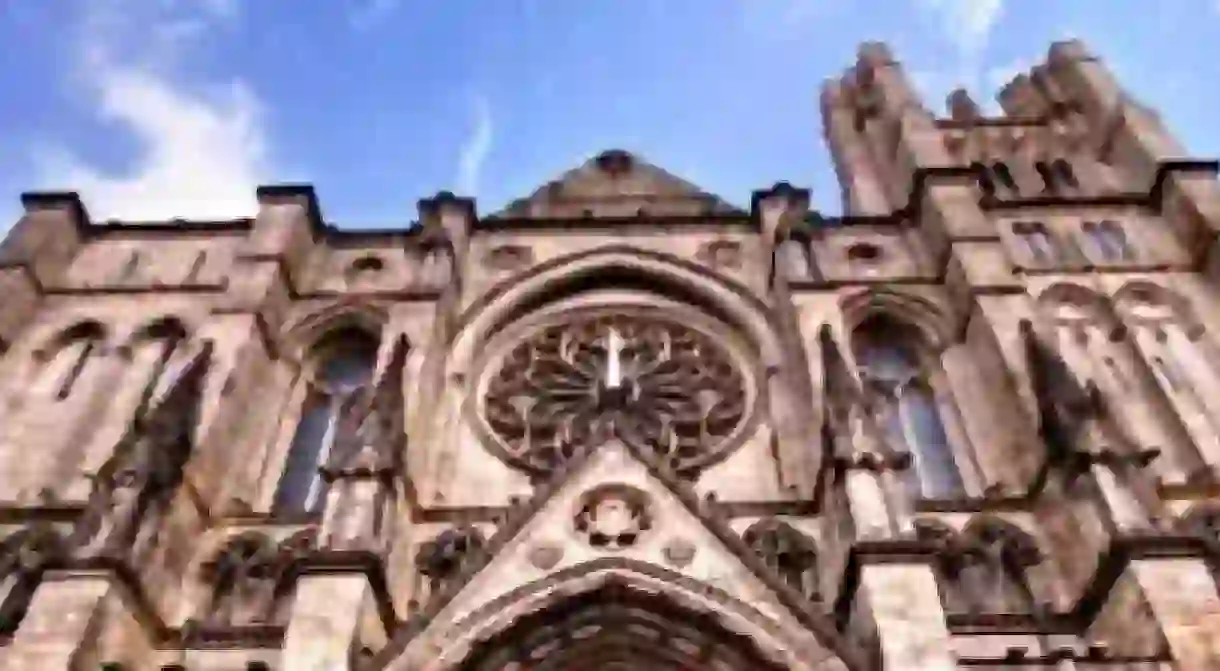10 Religious Buildings In Manhattan That Shaped NYC Culture

NYC is famous for its skyline, widely identified by iconic skyscraper “cathedrals of commerce.” But as an international city inhabited by cultural communities from all over the world, it is also home to a number of famous chapels, churches, cathedrals as well as synagogues and temples of the Judeo-Christian religions – all open to the public. Explore these famous landmarks and learn about the historic role they’ve played in Manhattan’s urban culture.

Saint Paul's Chapel
Building, Church

Saint Peter's Church
Church, Museum

Trinity Church
Church

Grace Church
Church

Saint Patrick's Cathedral
The Saint Patrick’s Cathedral is the official seat of the Roman Catholic Archdiocese of New York and is located on 5th Avenue, across from the Atlas statue in front of the grand commercial complex at Rockefeller Center. This huge, urban cathedral is typically European in its Neo-Gothic architectural appearance, designed by James Renwick Jr. and built between 1858 and 1910, when it was dedicated and opened to the public. Inside is William Ordway Partridge’s famous Pieta sculpture, three times the size of Michelangelo’s original in Rome. The cathedral is an important cultural landmark for Catholics and New Yorkers alike.
 © Kripaks/Wikicommons
© Kripaks/WikicommonsCathedral of Saint John the Divine
Building, Cathedral, Church, Park

The Riverside Church
Cathedral, Church, Building

Temple Emanu-El
Building, Synagogue

Park East Synagogue
Building, Synagogue
Central Synagogue
Building, Synagogue













